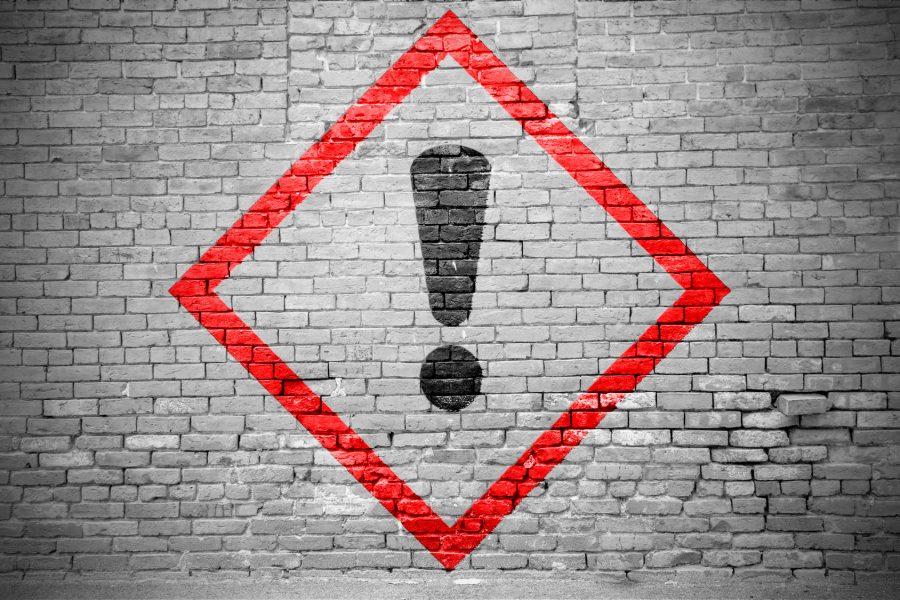What is the meaning of the exclamation mark GHS CLP?
Unlike the very specific hazard pictograms, such as for example the flame symbol, the meaning of the exclamation mark in GHS CLP is of a more general nature. In short: There are several different hazards indicated by the exclamation mark. Moreover, this pictogram can be replaced by other pictograms. What are the hazards that may be present, what do they have in common and when is the exclamation displayed and when not?
Definition and meaning of the exclamation mark in GHS CLP
The pictogram “Exclamation mark” with the short name GHS07 is described in the CLP Regulation in Annex V, Part 2, 2.3. It is part of the health hazard pictograms and generally only appears in case of minor hazards, accompanied by the signal word “Warning”. The “Exclamation mark” pictogram is also used to denote “Hazardous to the ozone layer”.
“Exclamation mark” can denote the following hazards and hazard categories:
- Acute toxicity 4, oral, dermal and inhalative
- Irritant effect on the skin, category 2
- Serious eye damage, category 2
- Skin sensitisation, categories 1, 1A and 1B
- Specific target organ toxicity (single exposure), category 3 (H335 & H336)
- Hazardous to the ozone layer, category 1
Display rules – when is the exclamation displayed and when not?
According to Article 19 of the CLP Regulation. pictograms are part of labelling. They are also listed in the safety data sheets according the REACH Regulation, Annex II, 2.2 as part of the labelling elements.
Article 26 of the CLP Regulation specifies which pictograms should not be displayed under certain circumstances. The exclamation mark is always displayed for the specified hazard categories, except in one of these three cases:
- Pictogram GHS06 (Skull and crossbones) is displayed.
- Pictogram GHS05 (Corrosivity) is displayed and GHS07 relates to the hazard categories skin or eye irritation.
- Pictogram GHS08 (Health hazard) relates to sensitisation of the respiratory tract and GHS07 relates to sensitisation of the skin, skin and/or eye irritation.
Sources: Regulation (EC) No. 1272/2008 (CLP), consolidated version, as of 01/01/2017
Regulation (EC) No. 1907/2006 (REACH), consolidated version, as of 02/03/2017


